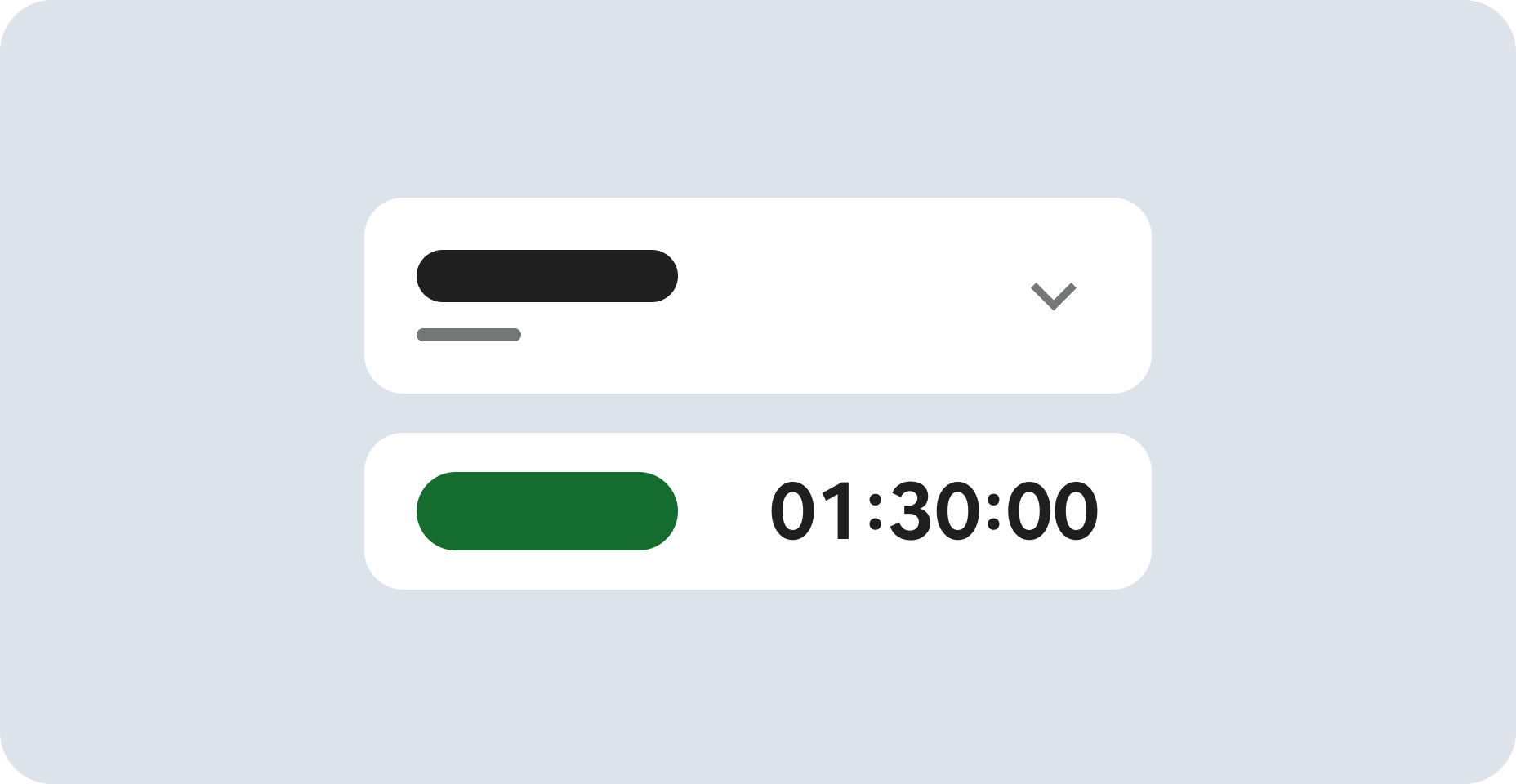
Before you begin
- Labs create a Google Cloud project and resources for a fixed time
- Labs have a time limit and no pause feature. If you end the lab, you'll have to restart from the beginning.
- On the top left of your screen, click Start lab to begin
A new non-default VPC has been created
/ 15
The new VPC contains a new non-default subnet within it
/ 15
A firewall rule exists that allows TCP port 3389 traffic ( for RDP )
/ 15
A Windows compute instance called vm-securehost exists that does not have a public ip-address
/ 20
A Windows compute instance called vm-bastionhost exists that has a public ip-address to which the TCP port 3389 firewall rule applies.
/ 20
The vm-securehost is running Microsoft IIS web server software.
/ 15
In a challenge lab you’re given a scenario and a set of tasks. Instead of following step-by-step instructions, you will use the skills learned from the labs in the course to figure out how to complete the tasks on your own! An automated scoring system (shown on this page) will provide feedback on whether you have completed your tasks correctly.
When you take a challenge lab, you will not be taught new Google Cloud concepts. You are expected to extend your learned skills, like changing default values and reading and researching error messages to fix your own mistakes.
To score 100% you must successfully complete all tasks within the time period!
This lab is recommended for students preparing for the Google Cloud Certified Professional Cloud Architect certification exam. Are you up for the challenge?
Your company has decided to deploy new application services in the cloud and your assignment is developing a secure framework for managing the Windows services that will be deployed. You will need to create a new VPC network environment for the secure production Windows servers.
Production servers must initially be completely isolated from external networks and cannot be directly accessed from, or be able to connect directly to, the internet. In order to configure and manage your first server in this environment, you will also need to deploy a bastion host, or jump box, that can be accessed from the internet using the Microsoft Remote Desktop Protocol (RDP). The bastion host should only be accessible via RDP from the internet, and should only be able to communicate with the other compute instances inside the VPC network using RDP.
Your company also has a monitoring system running from the default VPC network, so all compute instances must have a second network interface with an internal only connection to the default VPC network.
Deploy the secure Windows machine that is not configured for external communication inside a new VPC subnet, then deploy the Microsoft Internet Information Server on that secure machine. For the purposes of this lab, all resources should be provisioned in the following region and zone:
The key tasks are listed below. Good luck!
securenetwork.Click Check my progress to verify the objective.
securenetwork in the Click Check my progress to verify the objective.
Click Check my progress to verify the objective.
vm-securehost with two network interfaces in the Click Check my progress to verify the objective. vm-securehost instance.
vm-bastionhost with two network interfaces in the Click Check my progress to verify the objective. vm-bastionhost instance.
gcloud command creates a new user called app-admin and resets the password for a host called vm-bastionhost located in the gcloud command creates a new user called app-admin and resets the password for a host called vm-securehost located in the To connect to the secure host, you have to RDP into the bastion host first. A Windows Compute Instance with an external address can be connected to via RDP using the RDP button that appears next to Windows Compute instances in the Compute Instance summary page.
Once you are connected to the bastion host using RDP session then open a new RDP session inside the bastion host to connect to the internal private network address of the secure host.
When connected to a Windows server, you can launch the Microsoft RDP client using the command mstsc.exe, or you can search for Remote Desktop Manager from the Start menu. This will allow you to connect from the bastion host to other compute instances on the same VPC even if those instances do not have a direct internet connection themselves.
Once you connect to the vm-securehost machine through RDP then configure Internet Information Server.
Once you log in to the vm-securehost machine, Open the Server Management window. And Configure the local server to Add roles and features.
Use the Role-based or feature-based installation to add the Web Server (IIS) role.
Click Check my progress to verify the objective.
Congratulations! In this lab, you configured a secure Windows server environment using a bastion host and a VPC network. You also configured a firewall rule to allow HTTP access to the virtual machine, and deployed the Microsoft Internet Information Server on the secure machine.
...helps you make the most of Google Cloud technologies. Our classes include technical skills and best practices to help you get up to speed quickly and continue your learning journey. We offer fundamental to advanced level training, with on-demand, live, and virtual options to suit your busy schedule. Certifications help you validate and prove your skill and expertise in Google Cloud technologies.
Manual Last Updated February 9, 2024
Lab Last Tested December 6, 2023
Copyright 2025 Google LLC All rights reserved. Google and the Google logo are trademarks of Google LLC. All other company and product names may be trademarks of the respective companies with which they are associated.


This content is not currently available
We will notify you via email when it becomes available

Great!
We will contact you via email if it becomes available


One lab at a time
Confirm to end all existing labs and start this one
